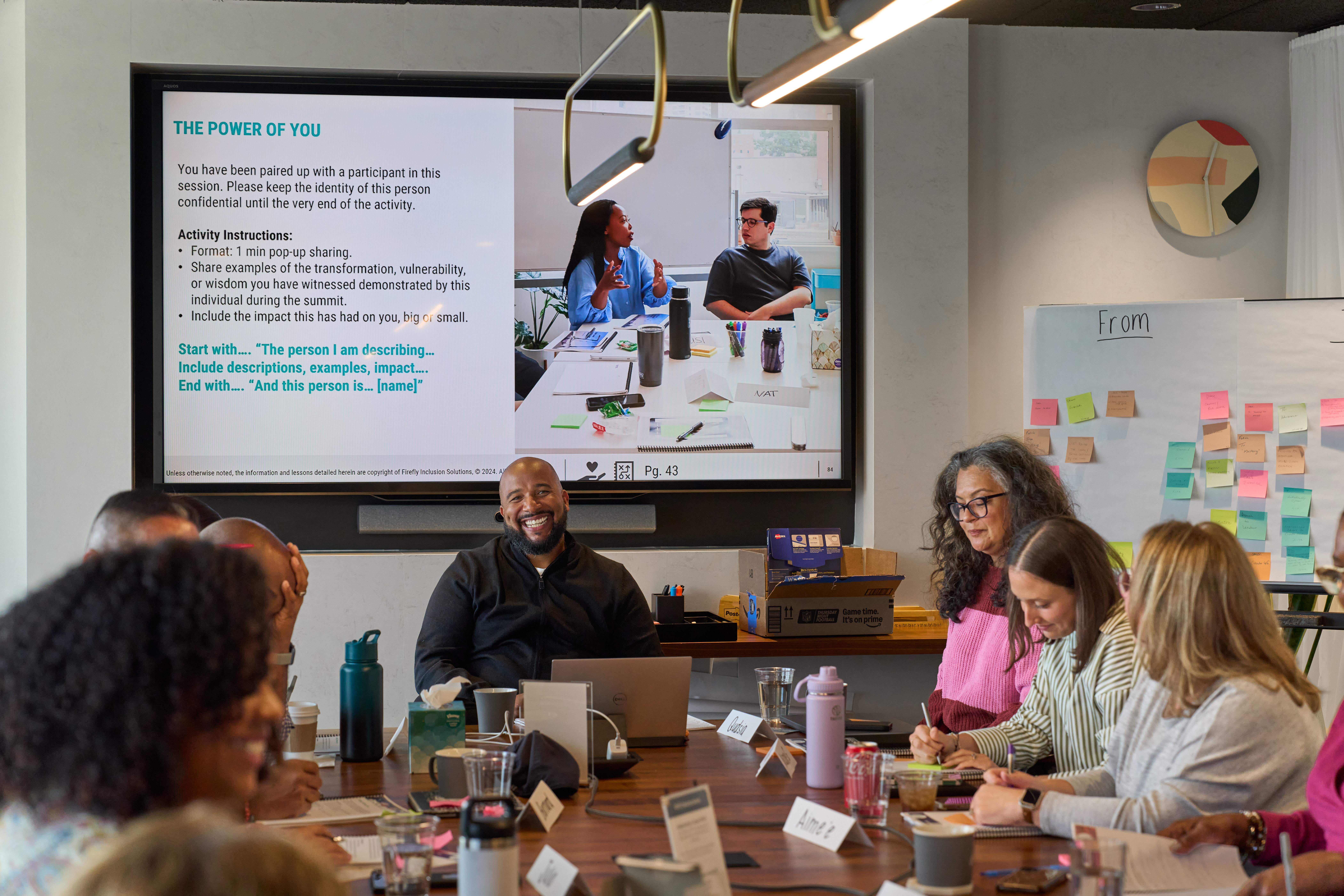Topics in this article:
- DEI Considerations in the Hiring Process
- The Risks of Hiring for “Culture Fit”
- Case Study #1: IBM’s Apprenticeship Program
- Case Study #2: Accenture’s Apprenticeship Program
Recently, DEI has become the whipping post for many of its fiercest opponents. From the crash of the Silicon Valley Bank to the doors flying off an airplane while in flight, DEI has been tagged the villain for all organizational woes and poor performance. The claim is being made that hiring people with reflection on identity has distracted leaders from hiring for qualifications. The logic is weak and flawed, but it is the hill that organizations are being asked to die on. Furthermore, it is potentially dangerous to the growth, success and profitability of an organization.
Ironically, these DEI opponents often endorse the concept of “culture fit.” Leaders encourage hiring and perceived belonging based on the airport test, in which you determine whether someone is the right fit or not based on your personal comfort level with the individual. Without qualm, individual bias is prioritized and accepted as the litmus test for belonging. Oddly, concerns regarding candidate qualification disappear—it is taken for granted that these imaginary airport companions qualify.
Assumptions of meritocracy fail to acknowledge the science of how we live. We make decisions from our desire and need for the familiar. This propensity can lead us to act in ways that impede our values for fairness and inclusion. If we don’t hire or build culture with a DEI lens, we default to culture fit, which leaves us in organizations functioning beneath their potential. Here is where the real risk for celebrating mediocrity lies. We can overlook team members, customers and solutions because they fail to fit our worldview. We can mistake our discomfort with difference as a lack of qualifications or someone “not being right for the team.” How can we ignite change in areas of our business where we typically accept the belief that there are not enough qualified diverse candidates?
Launched in 2017, The IBM Apprenticeship Program is a part of IBM’s “New Collar” initiative. This program provides an entry point into IBM for candidates with relevant skills who may not have a traditional college degree. The program has expanded to more than 25 registered apprenticeship roles, including cybersecurity, software development, data science, and design.
This program has proven to be a successful model for providing individuals without a traditional college degree an opportunity to build new technical skills while getting paid. Its impact is evident in the high employment rate of its graduates and its recognition by educational institutions. As IBM continues to invest in this program, it is expected to further close the skills gap in IT and provide more opportunities for individuals to enter the tech industry.
For IBM, this strategy is good business. The program serves as a cost-effective talent acquisition tool, allowing them to tap into a pool of talent that may not have been accessible through traditional hiring practices that often require a four year degree. Potentially, recruitment costs are reduced as IBM can train individuals with the specific skills they need, rather than investing resources in searching for candidates. Additional metrics for ROI are the high retention and productivity rates, investment in future skills and an increase in reputation and brand value are other examples of return on investment.
Accenture provides another example of an organization taking initiative to creatively address the diversity gaps in their IT teams. Like IBM, they created an apprentice program to provide opportunities to nontraditional talent pools. Through partnerships with local colleges and training programs they provide on the job experience to diverse candidates. The program is open to community college students and professionals embarking on their second career. Accenture credits the program as the source for fresh ideas and perspectives in product design, services and software development. Rather than prioritizing the comfort IT teams experience discussing challenges with similarly trained and educated colleagues, they brainstorm and innovate with former architects, teachers and food truck operators.
Change is rarely easy, especially when we feel threatened by what it may bring. But, as the world changes, businesses must consistently evolve with the times, while recognizing the role it plays in our social progression. Centering on ideals of meritocracy without accounting for the realities of individual bias won’t drive businesses forward. DEI isn’t to blame for lackluster organizational performance.
Thankfully, there are some business leaders who recognize the need for DEI programs. Billionaire businessman Mark Cuban recently challenged CEOs to find a top-performing company without diversity programs, stating: “Look at the top performing or trillion dollar market cap stocks and find one that doesn’t have a DEI program. Why do you think they have done so well?”
Want to Learn More About Our Work Here at Firefly?
Paragraph



